
How to Use LM386: Examples, Pinouts, and Specs
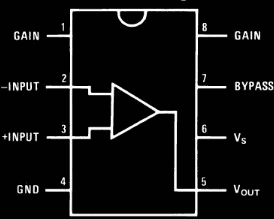
 Design with LM386 in Cirkit Designer
Design with LM386 in Cirkit DesignerIntroduction
The LM386 is a low-voltage audio power amplifier designed for use in low-power applications. It is capable of driving small speakers and headphones, making it ideal for portable and battery-powered devices. With a default gain of 20, which can be increased up to 200 using external components, the LM386 is versatile and widely used in audio amplification circuits.
Explore Projects Built with LM386
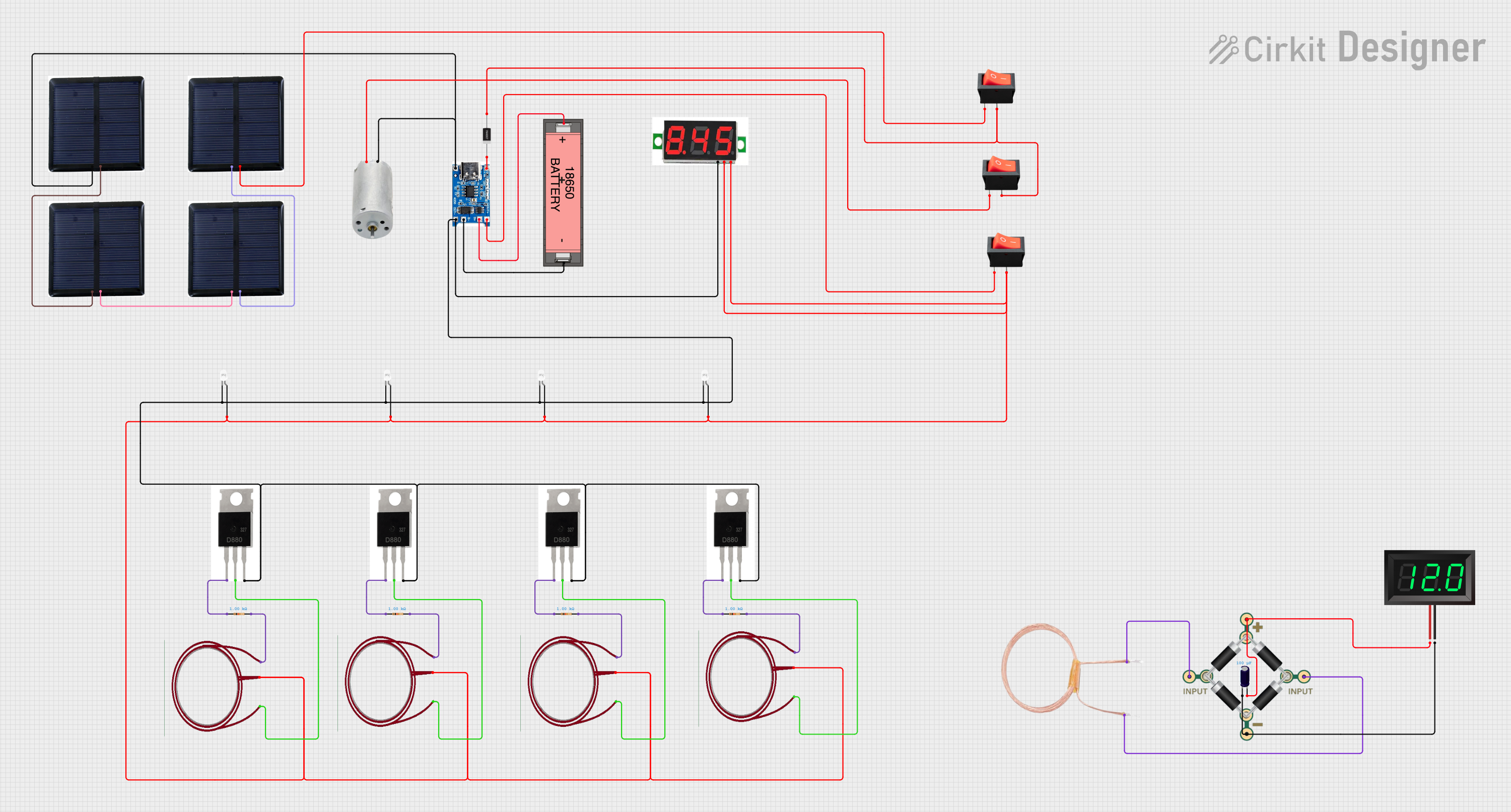
 Open Project in Cirkit Designer
Open Project in Cirkit Designer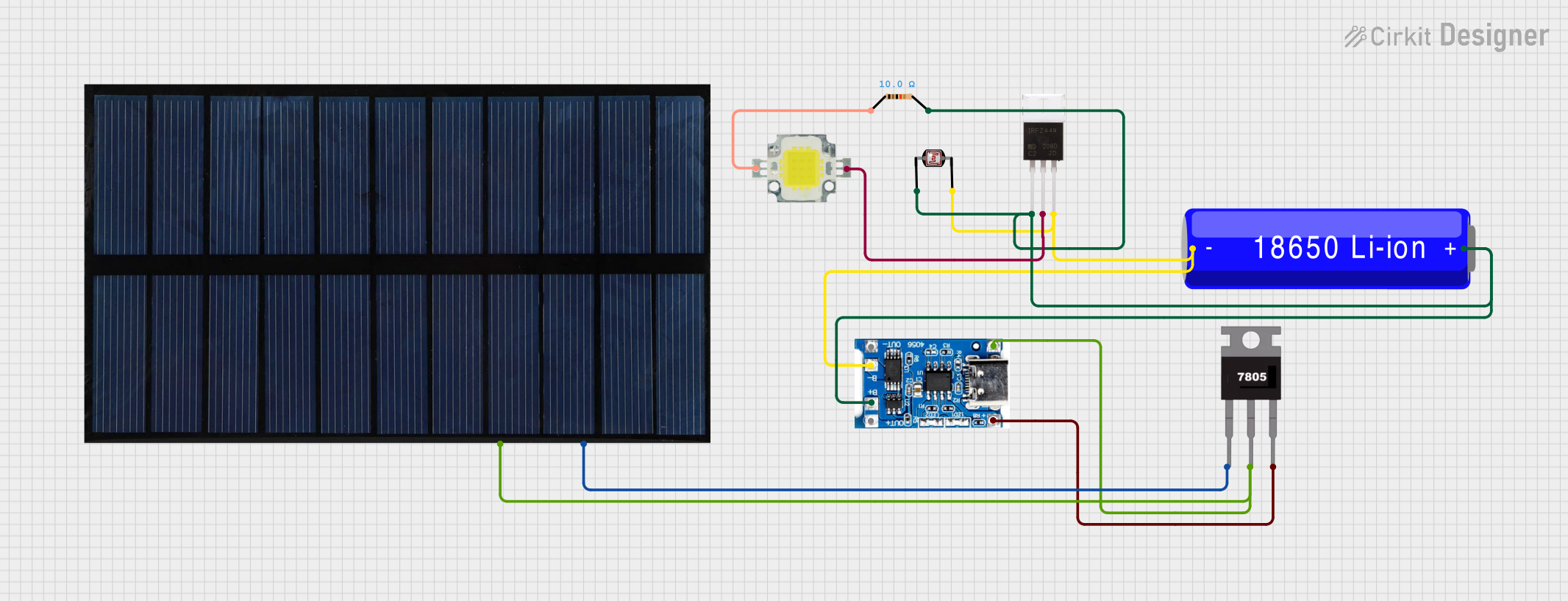
 Open Project in Cirkit Designer
Open Project in Cirkit Designer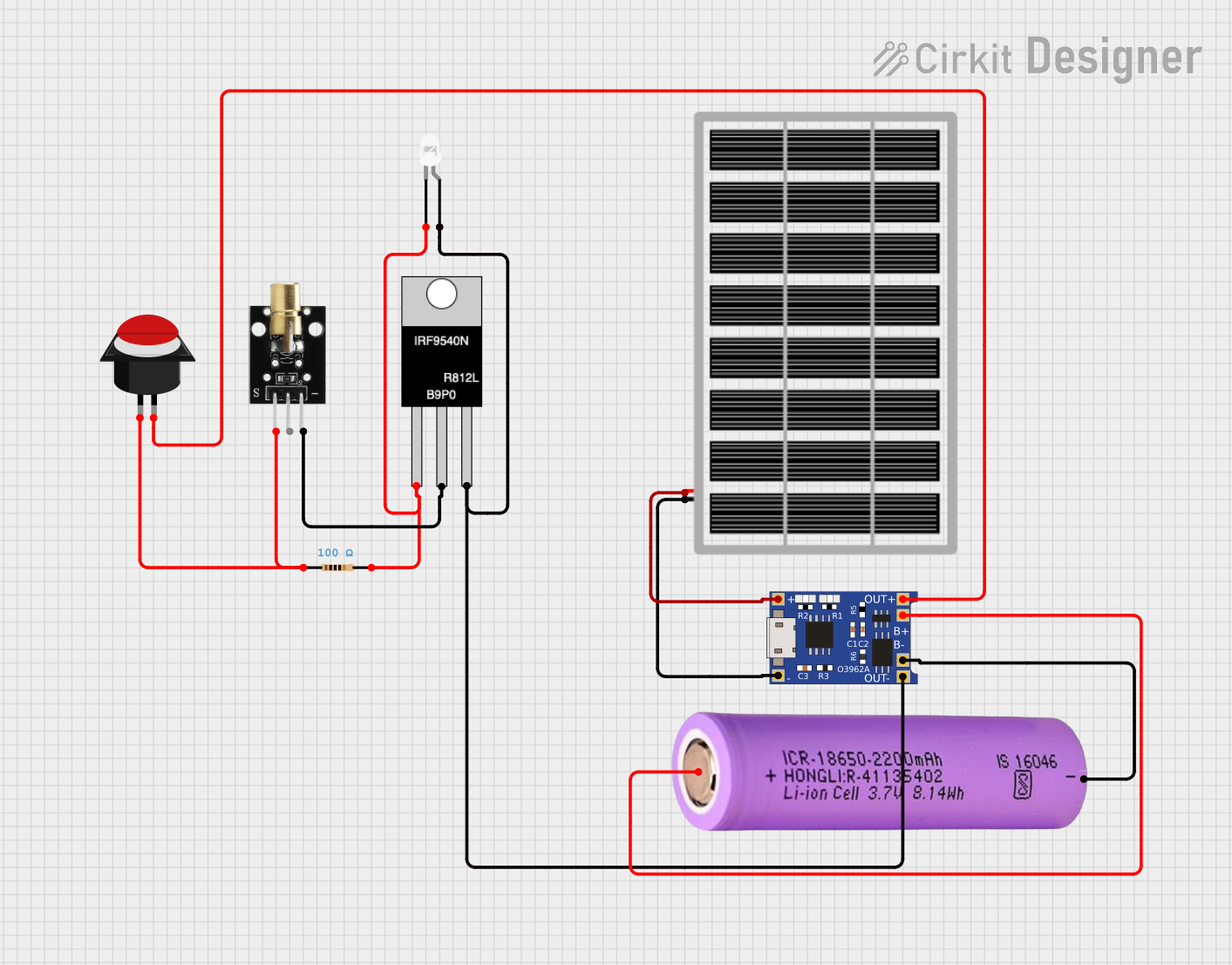
 Open Project in Cirkit Designer
Open Project in Cirkit Designer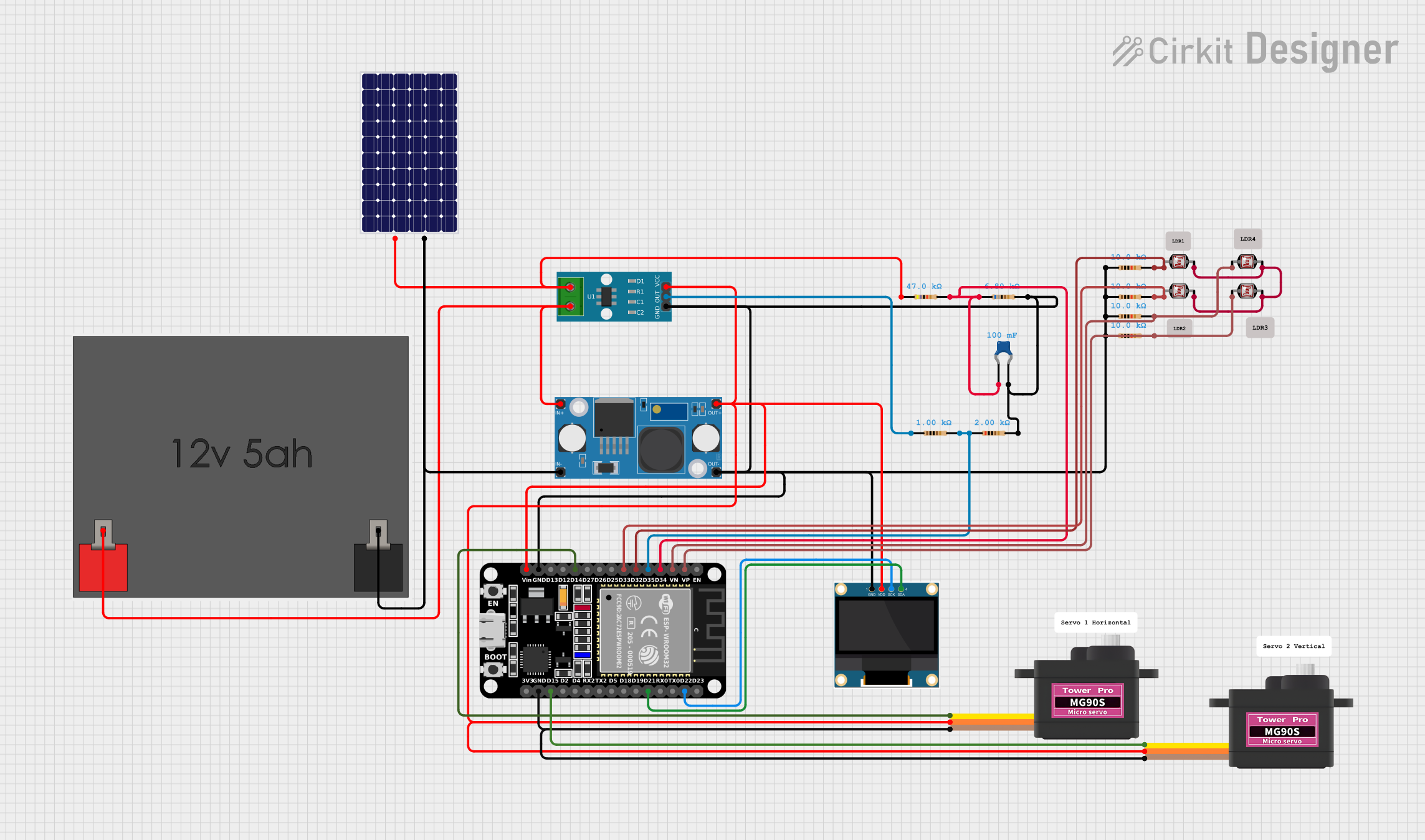
 Open Project in Cirkit Designer
Open Project in Cirkit DesignerExplore Projects Built with LM386

 Open Project in Cirkit Designer
Open Project in Cirkit Designer
 Open Project in Cirkit Designer
Open Project in Cirkit Designer
 Open Project in Cirkit Designer
Open Project in Cirkit Designer
 Open Project in Cirkit Designer
Open Project in Cirkit DesignerCommon Applications and Use Cases
- Portable audio devices
- Battery-powered amplifiers
- Intercom systems
- AM/FM radio amplifiers
- DIY audio projects
- Signal amplification for small speakers or headphones
Technical Specifications
The LM386 is a compact and efficient amplifier with the following key specifications:
| Parameter | Value |
|---|---|
| Supply Voltage (Vcc) | 4V to 12V |
| Output Power | 0.325W at 8Ω load, 6V supply |
| Input Resistance | 50 kΩ |
| Voltage Gain | 20 (default), up to 200 (adjustable) |
| Quiescent Current | 4 mA (typical) |
| Frequency Response | 300 Hz to 300 kHz |
| Total Harmonic Distortion | Less than 0.2% |
| Operating Temperature | 0°C to 70°C |
Pin Configuration and Descriptions
The LM386 is an 8-pin IC with the following pinout:
| Pin Number | Pin Name | Description |
|---|---|---|
| 1 | Gain | Connect to Pin 8 via a capacitor to increase gain (default gain is 20). |
| 2 | Inverting Input (-) | Negative input for the audio signal. |
| 3 | Non-Inverting Input (+) | Positive input for the audio signal. |
| 4 | Ground (GND) | Ground connection. |
| 5 | Output | Amplified audio signal output. |
| 6 | Vcc | Positive power supply (4V to 12V). |
| 7 | Bypass | Connect a capacitor to reduce noise and improve stability. |
| 8 | Gain | Connect to Pin 1 via a capacitor to increase gain (default gain is 20). |
Usage Instructions
How to Use the LM386 in a Circuit
- Power Supply: Connect Pin 6 (Vcc) to a power source between 4V and 12V, and Pin 4 (GND) to ground.
- Input Signal: Feed the audio signal to Pin 3 (Non-Inverting Input). Pin 2 (Inverting Input) is typically connected to ground.
- Output Signal: Connect Pin 5 to the speaker or headphone. Use a coupling capacitor (e.g., 220 µF) to block DC components.
- Gain Adjustment: To increase the gain, connect a capacitor (e.g., 10 µF) between Pins 1 and 8. For the default gain of 20, leave these pins unconnected.
- Bypass Capacitor: Connect a capacitor (e.g., 10 µF) to Pin 7 to reduce noise and improve stability.
Example Circuit
Below is a basic LM386 amplifier circuit:
+Vcc (4V-12V)
|
+----[10 µF]---- Pin 7 (Bypass)
|
Pin 6 (Vcc)
|
Pin 4 (GND) ------------------ Ground
|
Audio Input ----[10 kΩ]---- Pin 3 (Non-Inverting Input)
|
Pin 2 (Inverting Input) ---- Ground
|
Pin 5 (Output) ----[220 µF]---- Speaker/Headphone
|
Arduino UNO Example Code
The LM386 can be used with an Arduino UNO to amplify audio signals. Below is an example of generating a simple tone:
/*
Example: Generating a tone using Arduino and LM386
This code generates a 1 kHz square wave on Pin 9, which can be amplified
using the LM386. Connect Pin 9 to the LM386's input (Pin 3).
*/
const int tonePin = 9; // Pin connected to LM386 input
void setup() {
pinMode(tonePin, OUTPUT); // Set Pin 9 as output
}
void loop() {
// Generate a 1 kHz square wave
digitalWrite(tonePin, HIGH);
delayMicroseconds(500); // 500 µs HIGH for 1 kHz
digitalWrite(tonePin, LOW);
delayMicroseconds(500); // 500 µs LOW for 1 kHz
}
Important Considerations and Best Practices
- Use decoupling capacitors (e.g., 0.1 µF) near the power supply pins to reduce noise.
- Avoid exceeding the maximum supply voltage (12V) to prevent damage.
- Use a heatsink if the IC gets too hot during operation.
- Ensure proper grounding to minimize noise and interference.
Troubleshooting and FAQs
Common Issues and Solutions
No Output Signal:
- Check the power supply connections (Pin 6 and Pin 4).
- Verify that the input signal is connected to Pin 3.
- Ensure the speaker or headphone is properly connected to Pin 5.
Distorted Output:
- Reduce the input signal amplitude to avoid overdriving the amplifier.
- Check the gain configuration (Pins 1 and 8) and ensure it is appropriate for your application.
- Use a bypass capacitor on Pin 7 to reduce noise.
Excessive Noise:
- Add a decoupling capacitor (e.g., 0.1 µF) near the power supply pins.
- Ensure proper grounding and minimize long wires in the circuit.
Overheating:
- Check the load impedance (should not be less than 8Ω).
- Reduce the supply voltage if it is near the maximum limit.
FAQs
Q: Can the LM386 drive a 4Ω speaker?
A: While the LM386 is designed for 8Ω loads, it can drive a 4Ω speaker at lower volumes. However, this may cause overheating, so it is not recommended for prolonged use.
Q: How do I increase the gain of the LM386?
A: Connect a capacitor (e.g., 10 µF) between Pins 1 and 8 to increase the gain up to 200.
Q: What is the purpose of the bypass capacitor on Pin 7?
A: The bypass capacitor reduces noise and improves the stability of the amplifier.
Q: Can I use the LM386 with a 3.3V power supply?
A: No, the minimum supply voltage for the LM386 is 4V. Using a lower voltage may result in improper operation.